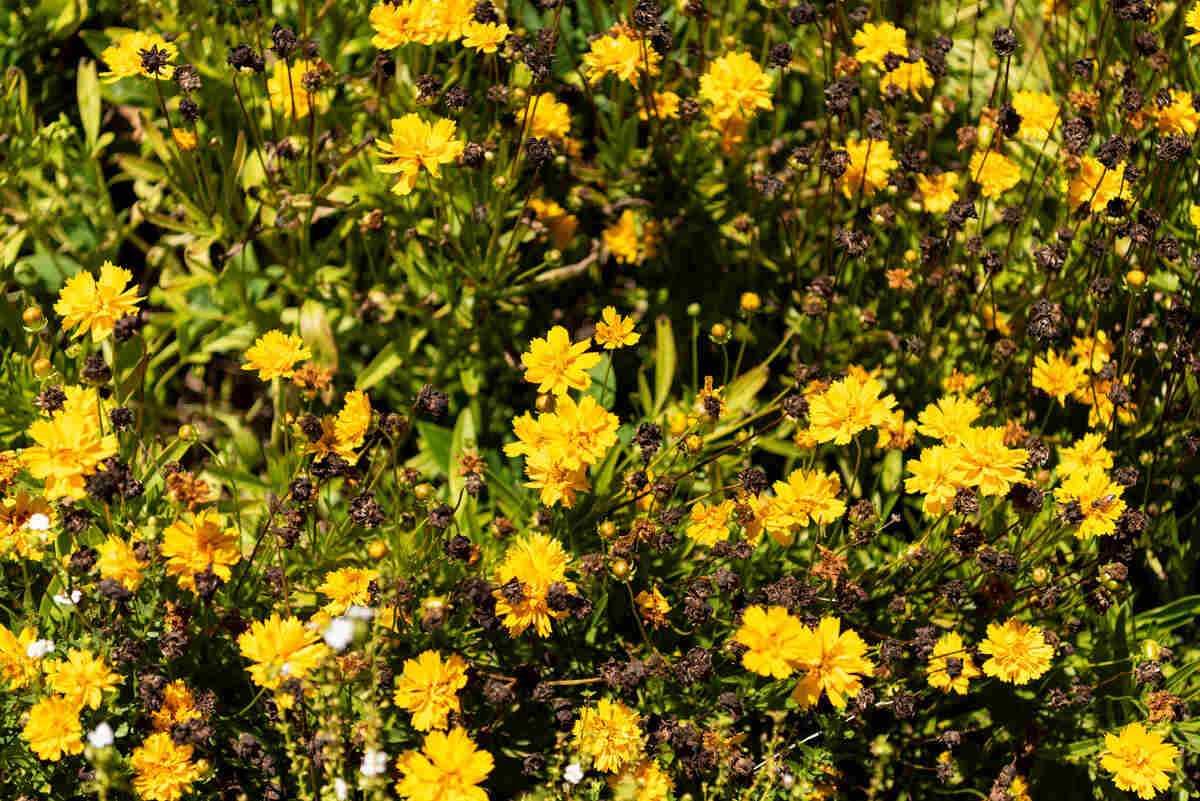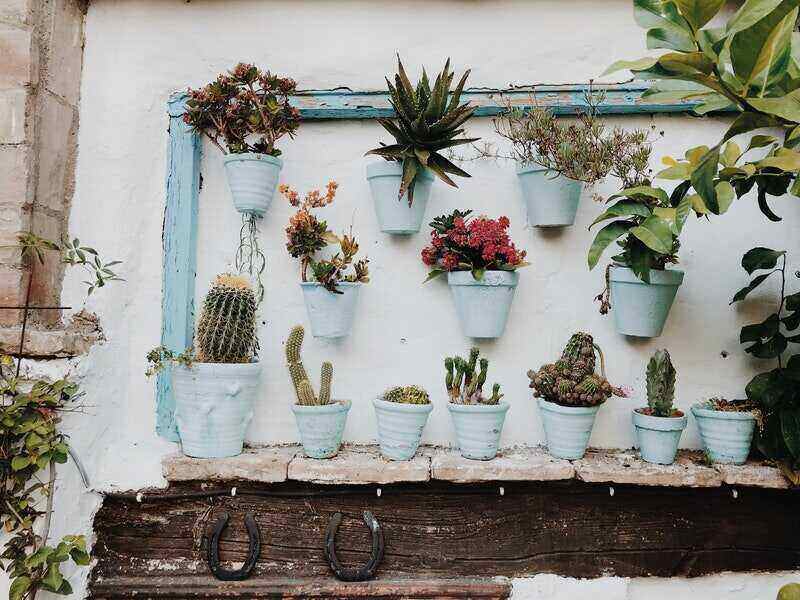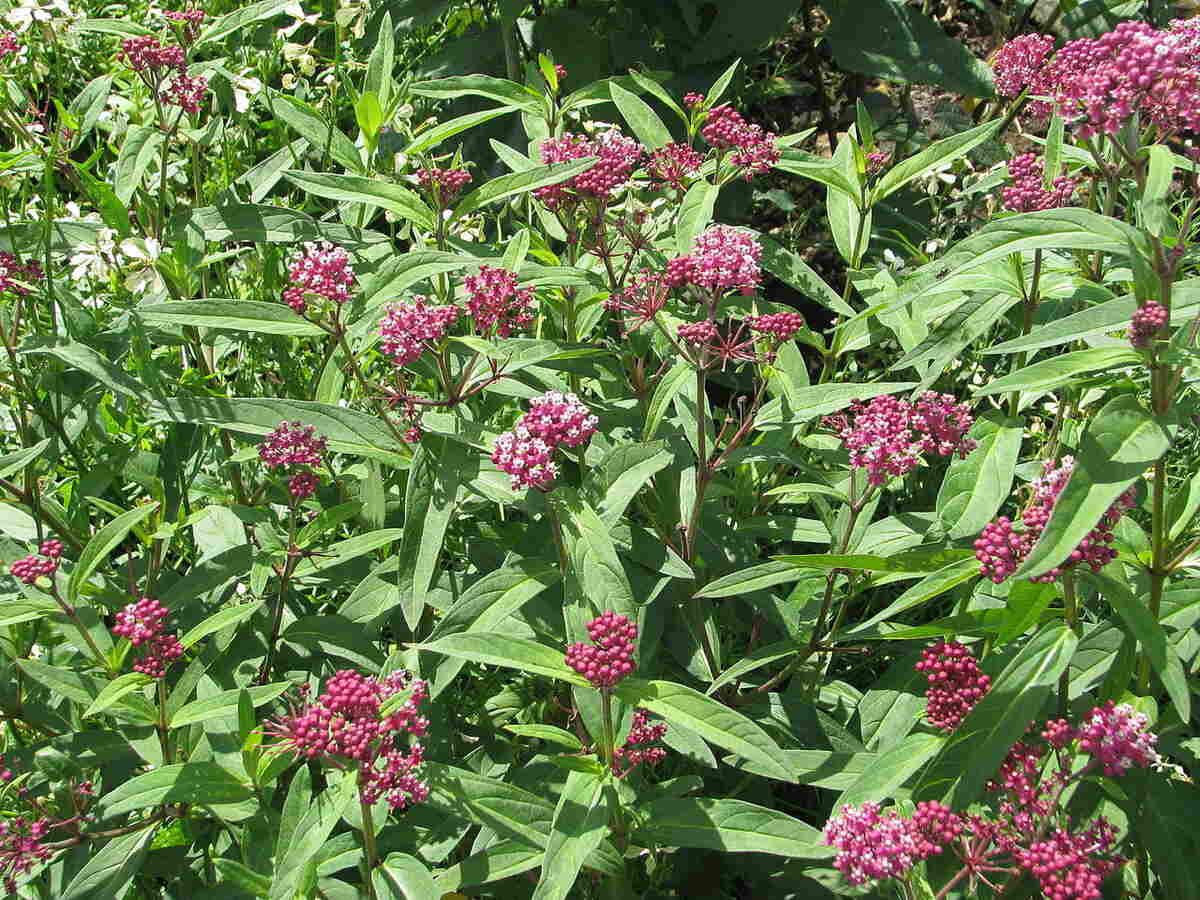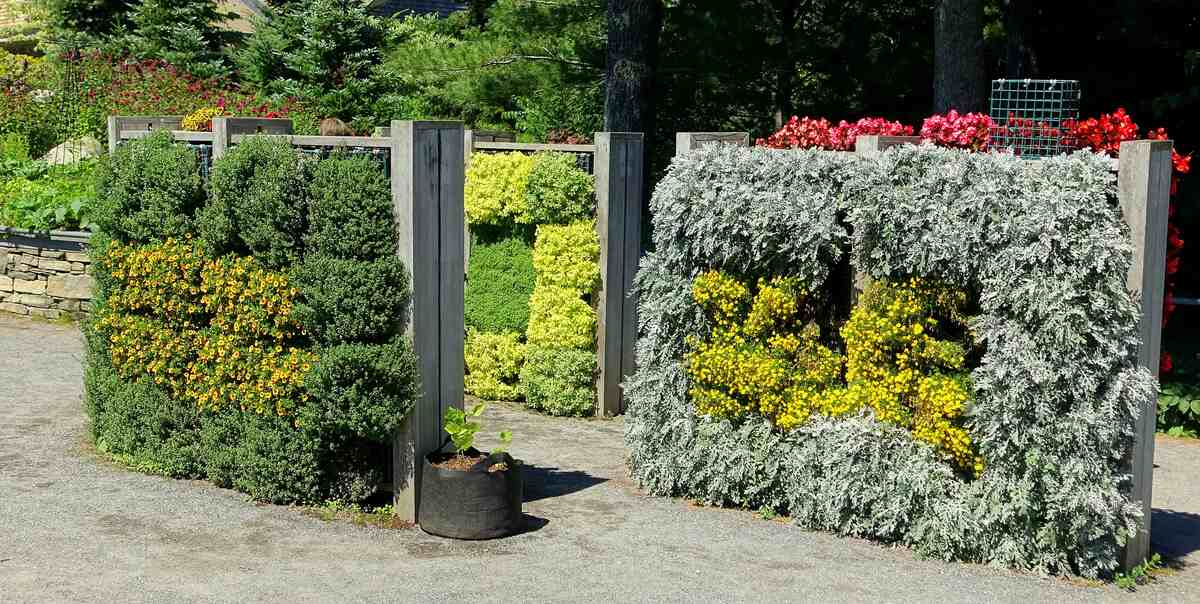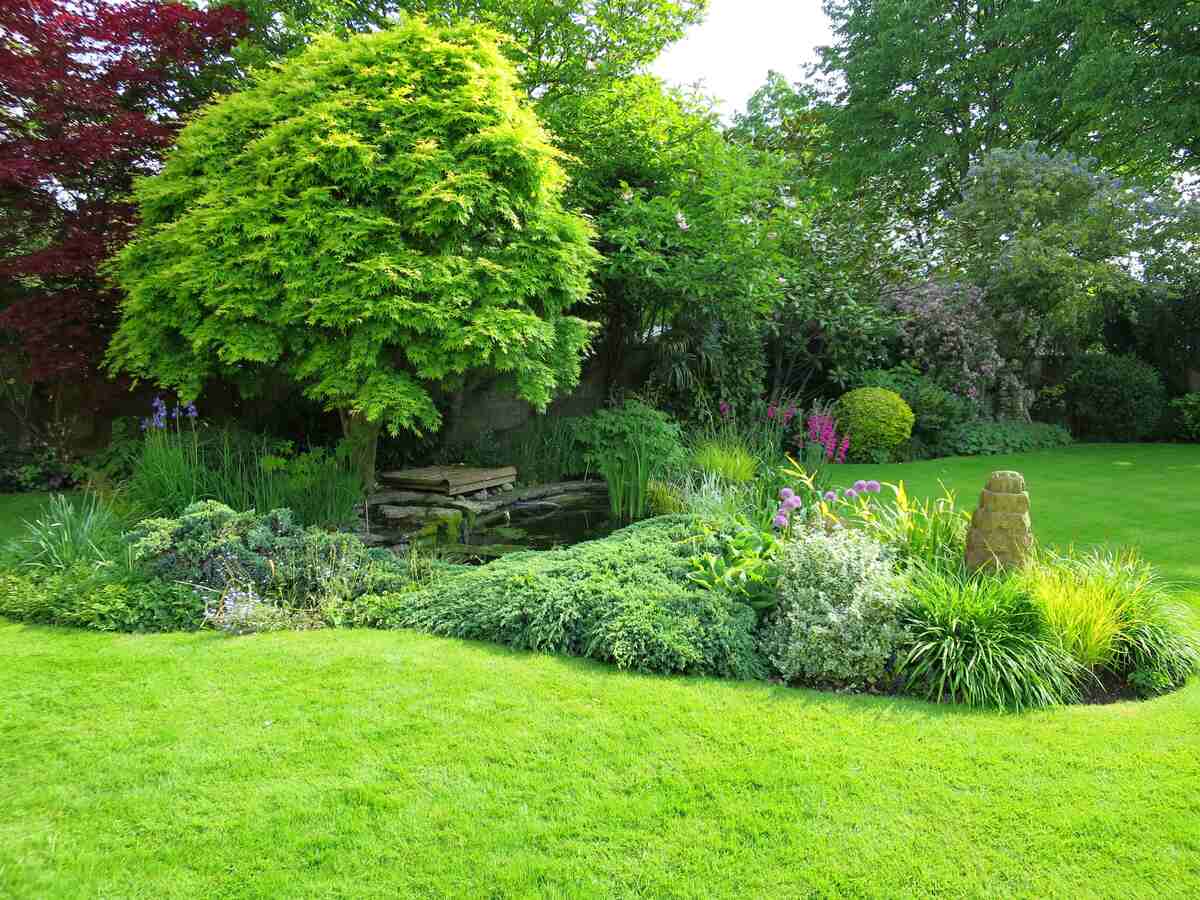
English gardens are beautiful spaces that can bring you a little slice of paradise in your own backyard. The meandering pathways and careful cultivation of plants make them feel magical. Crafting an outdoor space like this is immensely satisfying, but good English garden design ideas are hard to come by.
Thankfully, it’s easier than you might think to transform your backyard into the English garden of your dreams. Read this helpful guide for tips on how to turn your outdoor space into an English garden fit for an Anglophile.
What is an English Garden?
Originally, English gardens were a form of rebellion against the stuffy, overly-manicured gardens of the 1800s. The basic goal is to create a garden that looks as close to nature as possible while enhancing it with various human touches. There are two basic types of English garden styles: the cottage garden and the country garden, both of which have their own appeal.
There are some basic features that are typical of English gardens, but at the end of the day, they’re meant to be enjoyed, so it’s all about what you want in your outdoor space. Don’t be afraid of the awkward or the mismatched, as these are practically cornerstones of many English garden designs.
English Garden Design Ideas
1. Plants
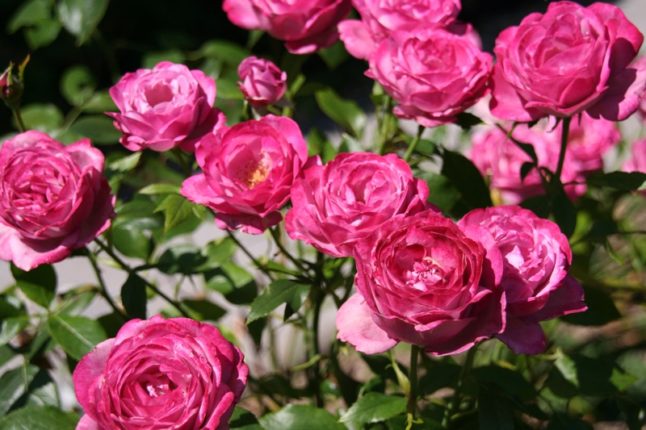
When making an English garden, one of the biggest things you have to consider is the plants that will go into it. Perennials, annuals, and biennials are all well-represented in English gardens, as are many other beautiful flowers. Ultimately, what you fill your flowerbeds with is up to you, but there are a few things to keep in mind when choosing plants for your English garden. Below are some helpful tips along with a few suggestions for flowers.
English Garden Plant Tips:
- Bright colors. Brightly-colored foliage is a staple of English gardens, so look for vibrant hues when picking out your flowers.
- Stagger your blooms. Pick plants that bloom during different seasons so that your English garden is always bright and colorful.
- Plant a variety. Plant different kinds of flowers together to give your flowerbeds variety. When it comes to an English garden, if it looks like a hodgepodge, you’re doing something right. Wider varieties of plants also encourage the local wildlife. Just make sure that all of your plants have enough space and that you don’t put any plants together that are prone to competing with one another.
- Use contrasting colors. Keeping flowers with contrasting colors close together can make both of their hues stand out. Blues with oranges, for example, or purples with yellows.
- Vertical space. Don’t just think about the plants on the ground. English gardens utilize vertical space, so consider window boxes, hanging pots, trellises, and climbers like ivy and honeysuckle.
- Plant quantities. Variety is good, but a large quantity of the same plant can be as well. Planting large swathes of your favorite plants, or plants of the same color, is another feature of English gardens. This especially holds true for roses and climbing plants. This will also help attract pollinators and local wildlife.
- Plant native. Consider native plants and pollinator-friendly plants for your English garden to help your local ecosystem and the creatures that inhabit it. Native and pollinator-friendly plants will attract local wildlife, which can make your English garden feel that much more magical by filling it with beautiful butterflies and hummingbirds and even critters like squirrels and rabbits.
- Utilize textures. Texture is another thing to consider for the flowers in an English garden. This refers more to size, shape, and visual interest than feel. Plant taller flowers behind shorter ones for a nice effect.
- Edible plants. Many English gardens feature food or spice plants, with some sections even forming small vegetable gardens.
Typical Plants in English Gardens:
- Roses
- Foxglove
- Hydrangeas
- Delphiniums
- Wisteria
- Clematis
- Hollyhocks
- Peonies
2. Trees
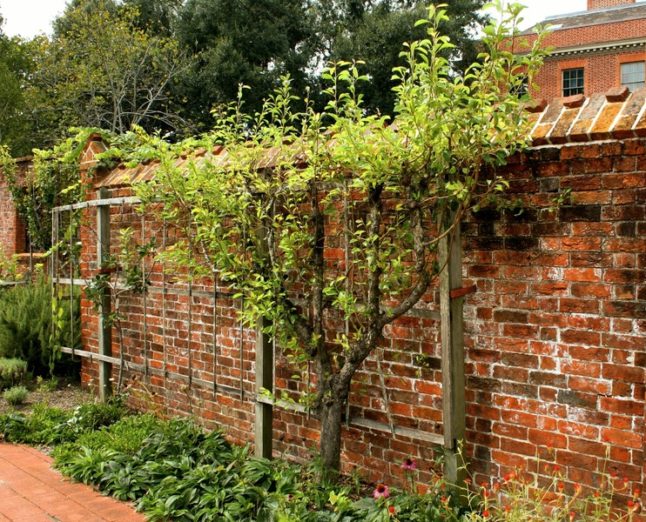
Another big aspect of English gardens is the trees. While you may not be able to use the same trees that they do in jolly ol’ England due to environmental differences, you can still do plenty with the trees that thrive in your area.
Espaliering trees is a technique that trains a tree to grow flat along a surface such as a wall or fence. This is typically done with fruit trees and is relatively common in English gardens. Another tree design idea used in English gardens is to group a few close together in one area to create arbors or a canopy.
3. Walls
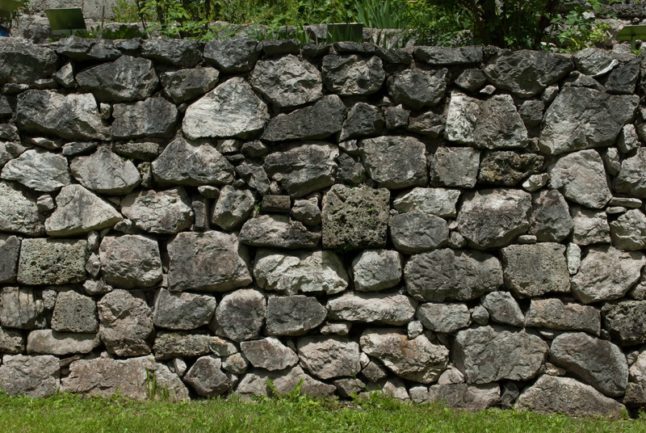
Walls and other dividers are a big part of any English garden. These can be almost anything you like. Picket fences are garden classics. Stone walls are a common feature in English gardens. A common practice, no matter the material, is making walls look old and weathered. Reclaimed materials are good for this.
Another common wall idea for English gardens is neatly-trimmed hedges and topiary. These can be tall or low and even form arches. You can also use the flowerbeds themselves as dividers if you wish to give your English garden that extra lush feel.
4. Different Sections
A common design idea used in English gardens, especially country gardens, is to divide the garden into sections. This lets you use several different landscape design ideas in one area. For example, you can plant flowers of one color and texture in one area and those of others in another. You can divide the sections with walls, fencing, pathways, or just by keeping them separated by a short distance.
5. Trimming
Trimming, deadheading, and other plant maintenance is a vital part of any garden, and even more so in an English garden. How you trim your plants is almost as important as the plants themselves. There are two basic ways to trim in an English garden, which correspond to the two different variations, and either can create a spectacular outdoor space for you to enjoy.
English country gardens pride themselves on neat, carefully-cut hedges and regularly-pruned plants. A place for everything and everything in its place, as it were. Topiary, the art of shaping trees and bushes into artificial shapes, is quite common in English gardens of both types, and combined with orderly flowerbeds and a well-designed layout, they can create a marvelously satisfying space that’s very easy on the eyes.
However, English cottage gardens typically allow their plants to run wild. The point of an English garden is to make it feel natural, after all, and a great way to achieve that is to skip the gardening shears, at least for a time. Some amount of overgrowth isn’t a sign of laziness but one of a garden that’s been allowed to grow and flourish as nature intended.
Note: You can still get particular tree shapes with little to no trimming by choosing species that naturally grow that way. It won’t be as pristine as a topiary, but it’s a good compromise.
6. Water Features
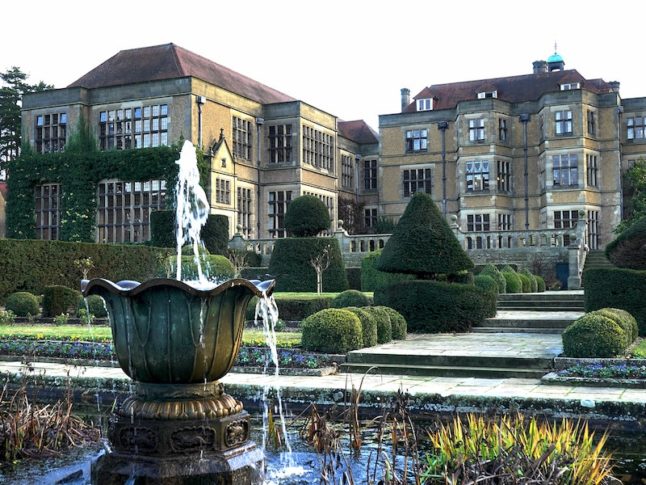
Another common sight in English gardens is a water feature. The sound of running water gives the garden a serene touch and can help attract some of the local wildlife, especially hummingbirds. Here are a few ideas to help you decide what water feature you want in your English garden.
English Garden Water Features:
- Fountains. A water fountain, whether it’s a grand centerpiece or a little thing off the side of a path, is a wonderful addition to any garden, English or otherwise.
- A pond. Putting an artificial pond in your English garden is a great way to help it feel natural and free. You can stock it with koi or goldfish to keep you company.
- A river. In the same vein as an artificial pond, you can make an artificial river to wind through your garden and give it a magical touch.
- A pool. An in-ground swimming pool might not be as natural as a pond, but it can still make for a nice water feature and give you somewhere to splash around and have fun.
- Birdbaths. Birdbaths are a classic garden water feature, one that can give some of the local fauna a place to cool off and get a drink.
7. Walkways
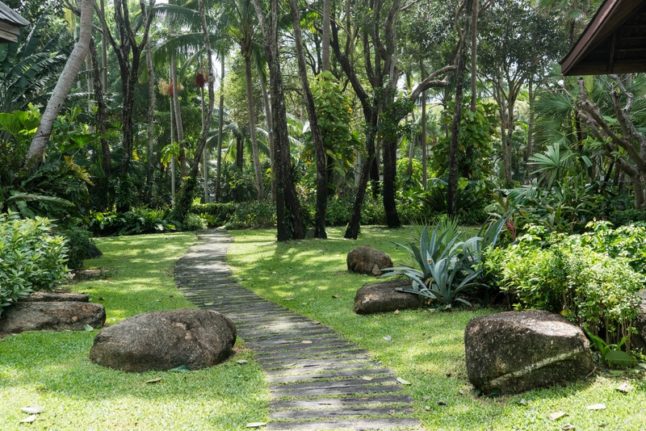
Walkways are practically a cornerstone of English gardens. An English garden is designed for you to walk around and enjoy all of your hard work cultivating it, so a pathway is almost a necessity. The classic brick or stone path is always good, but a pathway in an English garden can be almost anything, such as gravel, mulch, paving stones, and even just a path mown through the grass.
Perhaps the most important part of an English garden’s path is that it meanders. Straight paths are all well and good, but a wavy, curved garden path adds that extra little touch that makes English gardens special.
8. Entryways
Another big part of an English garden is the entryways. Arches at the beginning and end of a path look beautiful and give plants somewhere to climb. Gates to the garden itself add a nice touch, one that makes you feel like you’re stepping into an entirely new world.
9. Seating Areas
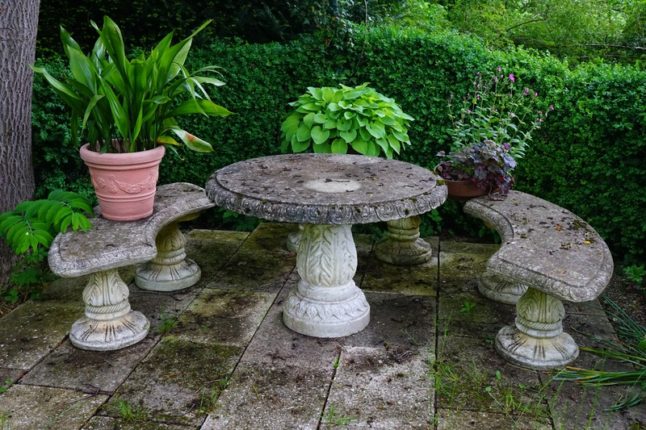
Seating areas are another important part of any English garden. Having a place to sit down, relax, and take in the splendor of your garden is one of the best parts of it. You have a few different options when it comes to seating areas for your English garden, so here are some good ideas to help you decide.
Seating Areas:
- Gazebo. Sitting under a gazebo in the middle of your English garden is magical.
- Benches. Relaxing on a bench with a nice book is a great way to pass the time in your English garden.
- Pergola. A pergola can offer a covered area to enjoy your English garden from during not-so-nice weather.
- Deck or porch. A deck or porch overlooking your English garden is a great vantage point from which to take it all in.
10. Decor
Garden decor is yet another big aspect of a good English garden. It shouldn’t be overdone, but the right decor can take a garden from good to amazing. If you can’t figure out what to put in your English garden, here’s a short list with a few ideas to help spruce up your outdoor space.
- Birdhouses. Birdhouses make for a great decoration for your trees. Standing birdhouses can be used to make a wall or boundary marker of sorts.
- Gnomes. The classic lawn gnome can add a little personality to your garden.
- Planters. Pots and planters can add additional places for your plants, and the right pots can help add to the true English feel of it.
- Raised garden beds. Though these might be costly and/or difficult to install, a raised garden bed can add greatly to a paved area of the garden and be another place for your plants to thrive.
- Statues. A large statue, whether it’s of an animal or something else, makes for a great focal point in an English garden.
- Ornaments. Any kind of small lawn ornament, like a glass sphere or a smaller statue, can help add to your English garden.
FAQ About English Gardens
Is it expensive to make an English garden?
It can be. Just like any other garden, an English garden needs maintenance, and the decor can cost a pretty penny. It’s all about what you put into it and how much work you’ll need to put in to keep it how you want it.
Can I make an English garden if I have a small backyard?
Absolutely. You don’t need a massive amount of space to make an English garden. You might have to get creative, but you should still be able to make your very own English garden even with limited space.
What’s the difference between English country gardens and cottage gardens?
There are three main differences between English country gardens and English cottage gardens:
| English Cottage Gardens | English Country Gardens |
| More relaxed | More formal |
| More space is utilized for plants and other features | More open space |
| Cottage gardens were kept by the middle class to supplement food, so they’re more focused on function and utility | Country gardens were maintained by the upper class as part of landscaping, so they’re more focused on appearance over usefulness |
Need a Green Thumb?
If you’re a true Anglophile with a dream of an English garden that you just can’t make happen, it may be time to bring in a professional. Contact your local landscaping professional to help you make your ideal English garden a reality. Your local gardening professionals can also help you keep your garden maintained and happy throughout the year.
Finally, a local lawn care professional can help you edge your flower beds and keep your grass tidy in and around your English garden.
Main Image Credit: Pxhere
